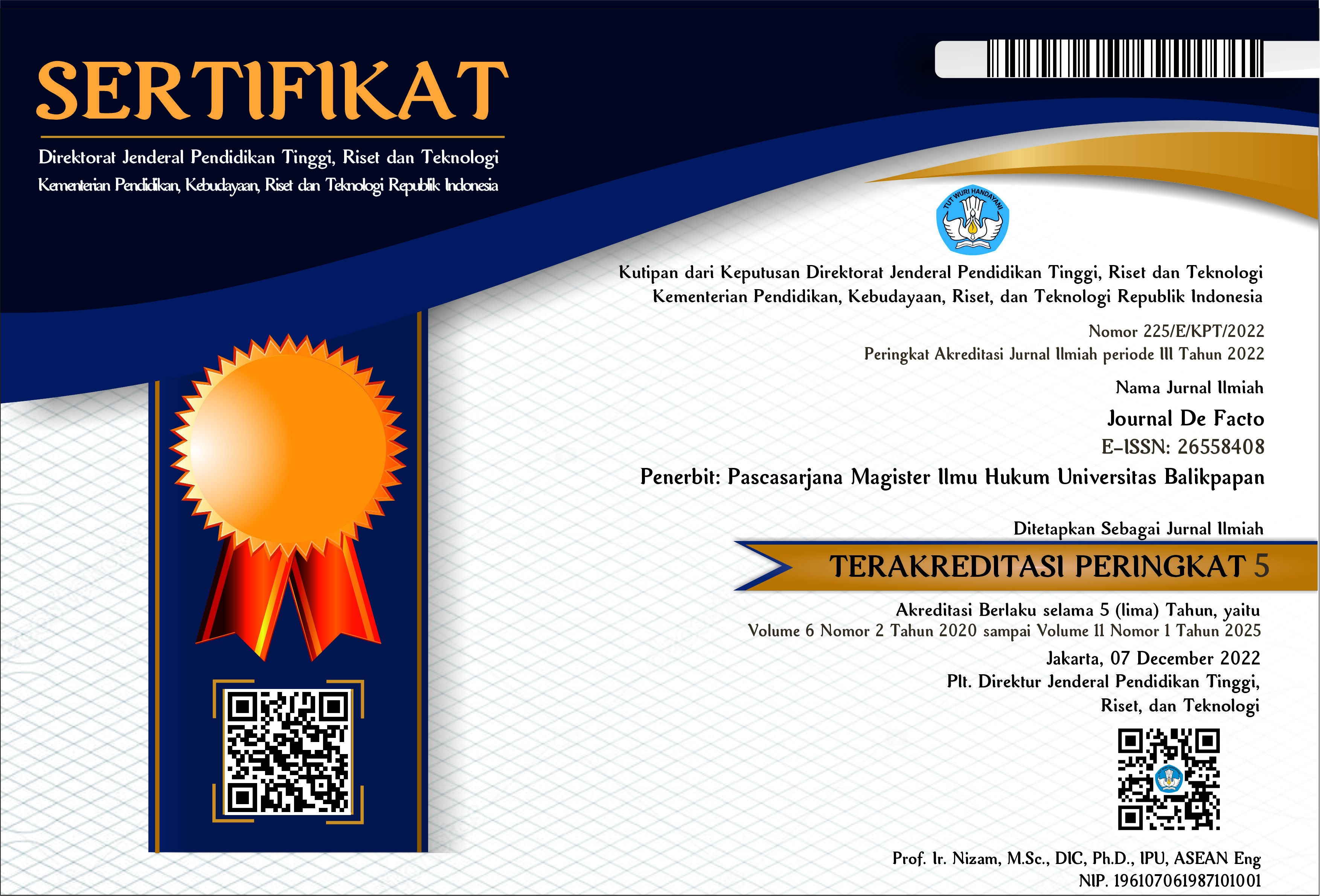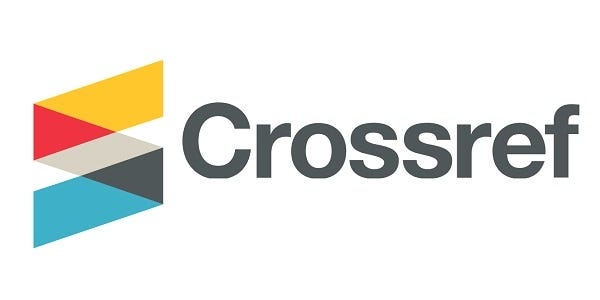PERTANGGUNGJAWABAN PIDANA ANAK SEBAGAI PELAKU TINDAK PIDANA PENCURIAN (Analisis Putusan Nomor 1/Pid.Sus-Anak/2020/PN.Mjn)
DOI:
https://doi.org/10.36277/jurnaldefacto.v9i2.215Keywords:
Anak Berhadapan Hukum, Tanggung jawab Pidana, PencurianAbstract
Responsibility means being imposed on the perpetrator of a criminal offense relating to the basis for imposing criminal sanctions. Children as perpetrators of criminal acts, also known as children in conflict with the law, are children who have committed acts which according to criminal law are prohibited and criminal sanctions will be given to the perpetrator. Provisions in criminal law related to criminal responsibility state that children as criminal perpetrators are considered incapable of being responsible for their actions. The formulation of the problem in this research is: 1) how is criminal law related to the judge's legal considerations in decision Number 1/Pid.Sus-Anak/2020/PN.Mjn 2) What is the legal protection for children as perpetrators of criminal acts? This research uses a descriptive-qualitative research method using a juridical-normative approach. The research results obtained show that the criminal responsibility of children as perpetrators of criminal acts refers to the provisions regulated in the Juvenile Criminal Justice System Law, where when children as perpetrators of criminal acts are over 12 years old and not yet 18 years old, they must go through diversion efforts. In Decision Number 1/Pid.Sus-Anak/2020/PN.Mjn, the panel of judges decided on 6 months of training at a Job Training Center with the consideration that the child's actions were a repetition of a criminal act. The form of protection given to children who commit criminal acts is to prioritize the best principles for children.
Downloads
Published
How to Cite
Issue
Section
License
Copyright (c) 2023 Journal de Facto

This work is licensed under a Creative Commons Attribution-ShareAlike 4.0 International License.











